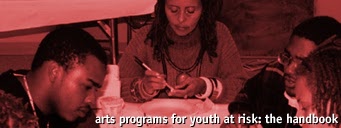


Risk and Protective FactorsBefore you attempt to design a program that will enhance youth development and reduce juvenile delinquency and related problem behaviors, it is necessary for you to understand that numerous factors affect youth development, the most important of which are risk and protective factors. For more about risk and protective factors, see below or pages 24-25 of the full chapter (PDF format). Risk factorsResearch has shown that youth are likely to develop unhealthy behaviors when they are exposed to risk factors such as the availability of drugs or associations with peers involved in problem behaviors. Moreover, children exposed to more than one risk factor are even more likely to develop unhealthy behaviors. Risk factors can be grouped into four domains:
Protective factorsProtective factors are conditions that buffer young people from the negative consequences of exposure to risk factors, either by reducing the impact of the risk or by changing the way youth respond to it. Here are the protective factors that have been shown to help youth cope with negative environments:
The Social Development StrategyThe Social Development Strategy—a widely accepted youth development model created by J. David Hawkins and Richard F. Catalano of Developmental Research and Programs, Inc.—specifies how the essential protective factors of bonding and healthy beliefs and standards can be developed. The strategy explains, for example, that children require three conditions to bond with any social unit:
The risk factors listed in this section are those incorporated into the "Communities That Care" model; they have been shown to predict the development of a problem behavior. For more information on risk and protective factors, the Social Development Strategy, and the "Communities that Care" model, go to the Evaluation section. For more about the risk-and-protective-factor curriculum used in the Urban smARTS program, see the examples in the Team Training section. For a diagram of the YouthARTS development project planning model, please see page 27 of the full chapter PDF. Using a planning modelA planning model can be used to develop a new program, redesign an existing program, or review an existing program. The following sections will show how you can use a planning model to:
(Using the planning model to train program staff is covered in the Team Training section and using the model for evaluation purposes is covered in the Evaluation section). |
|
|||||||||||||||||||||

